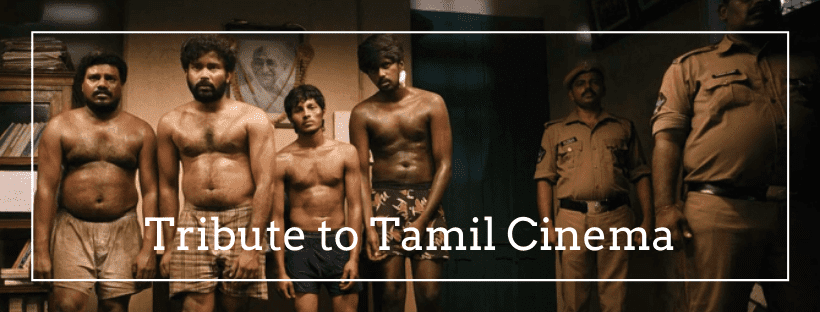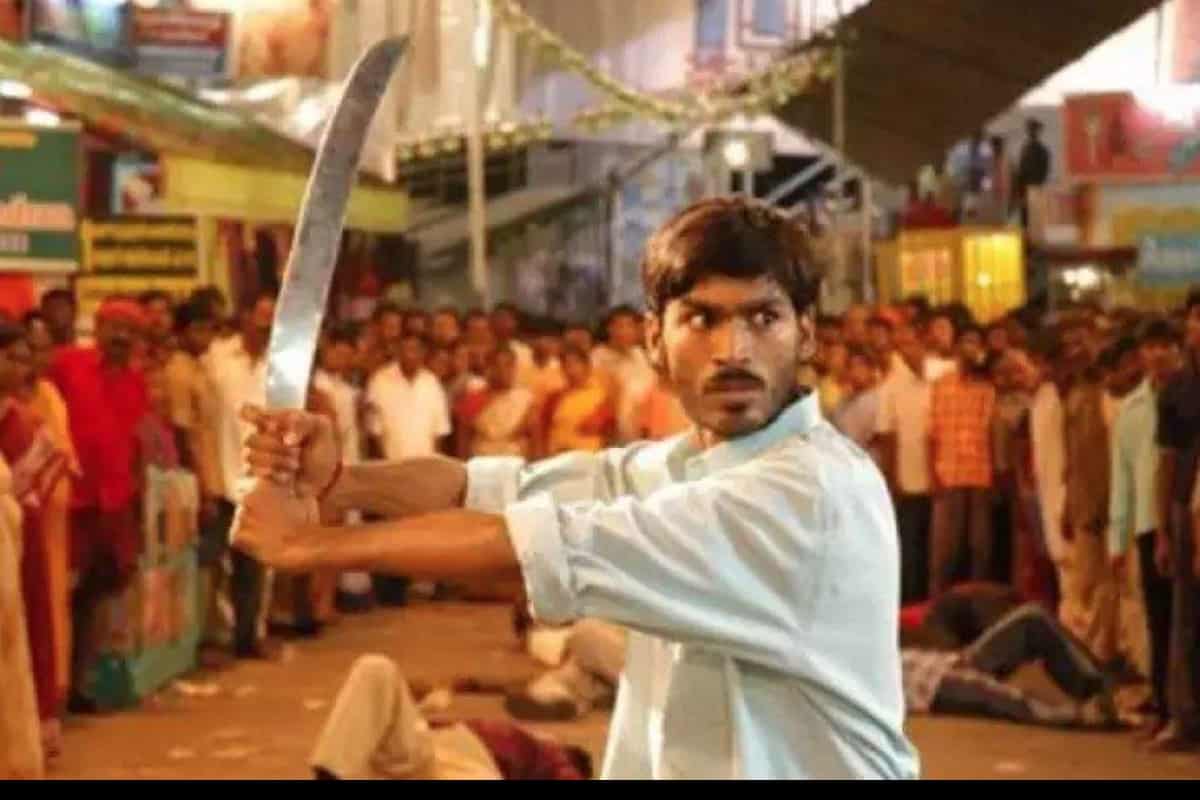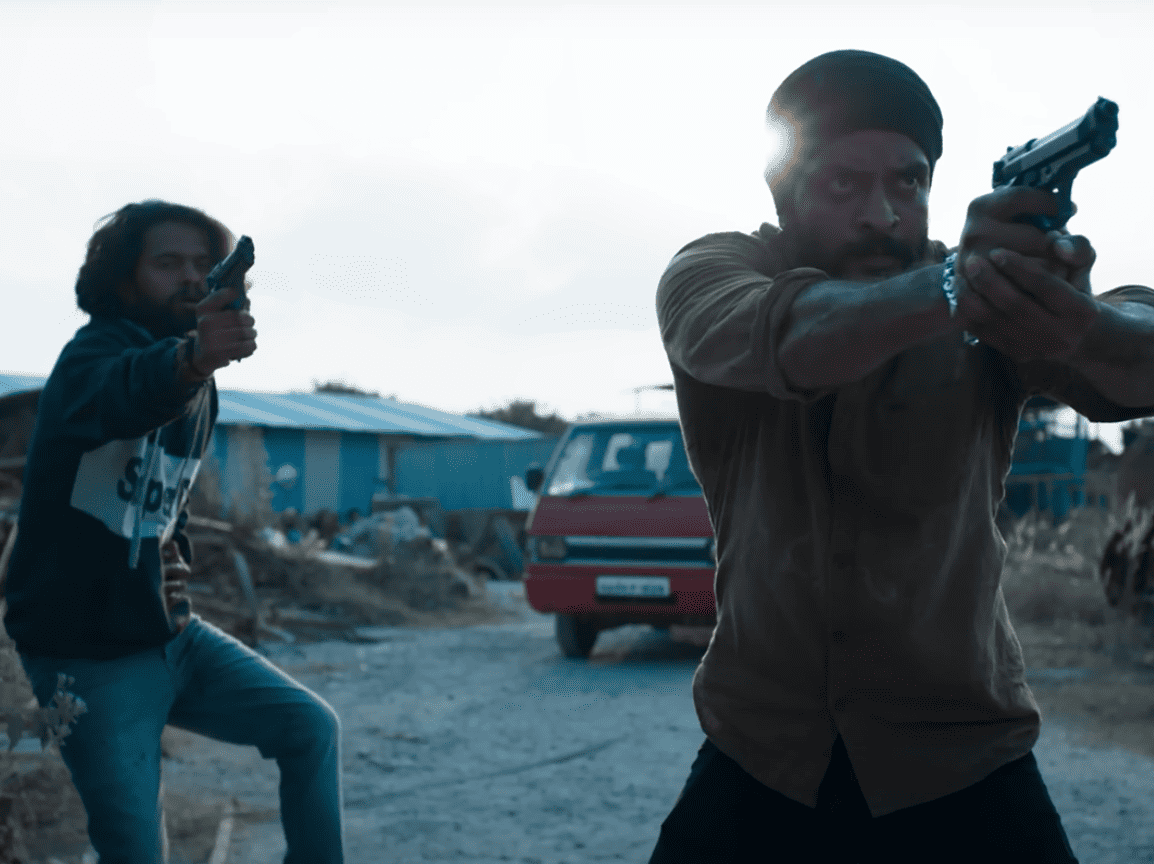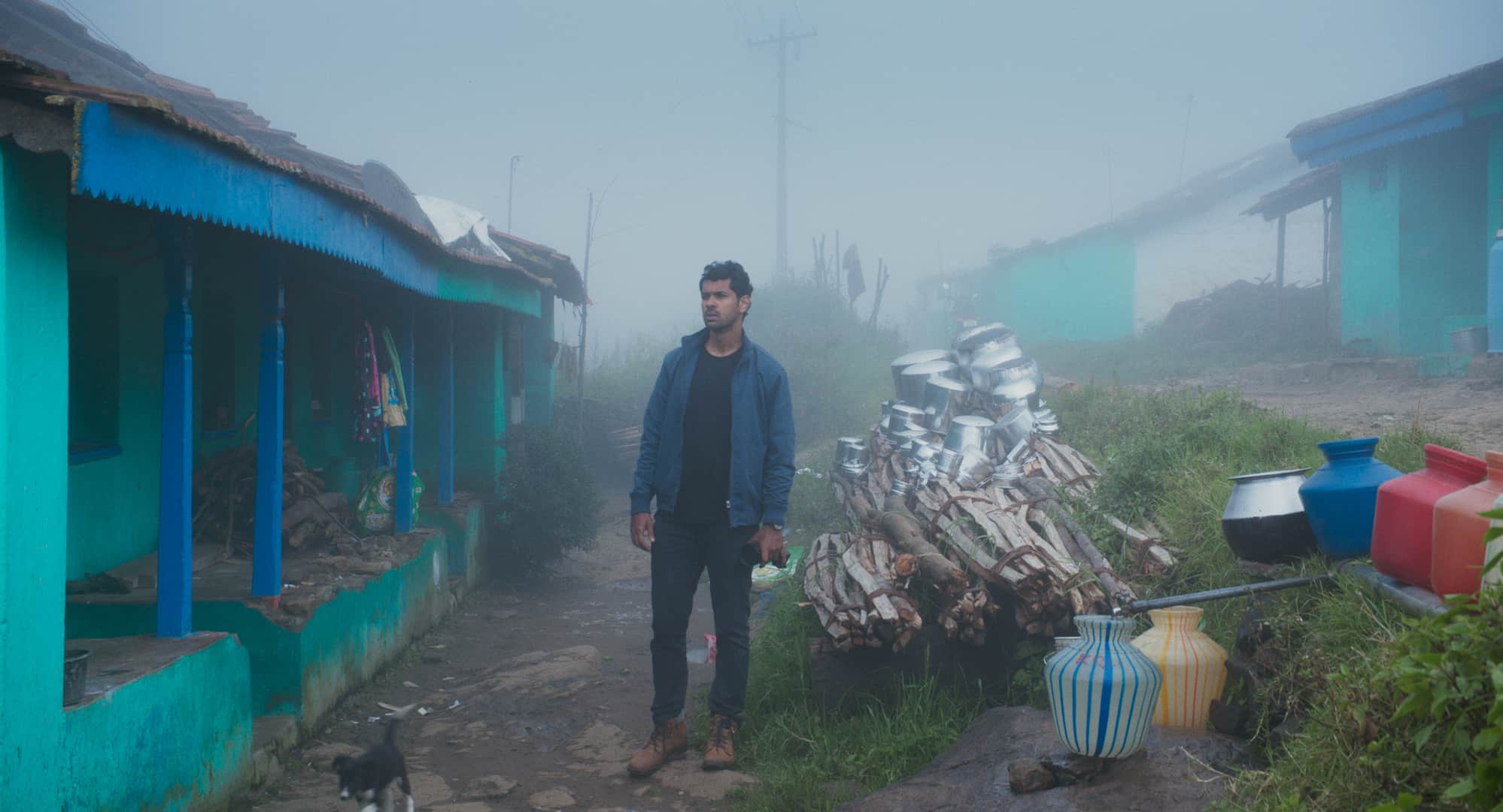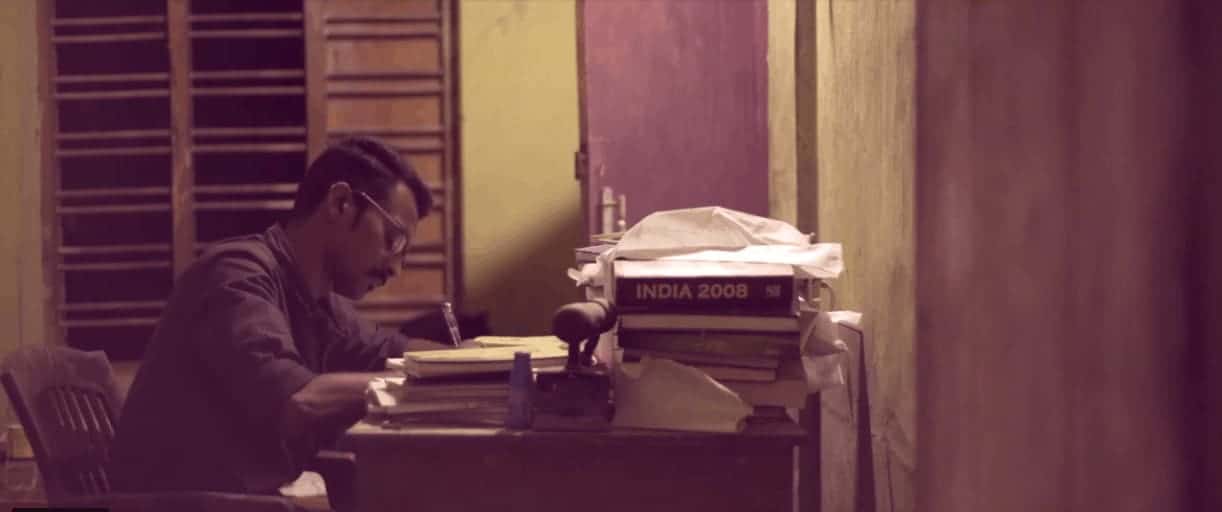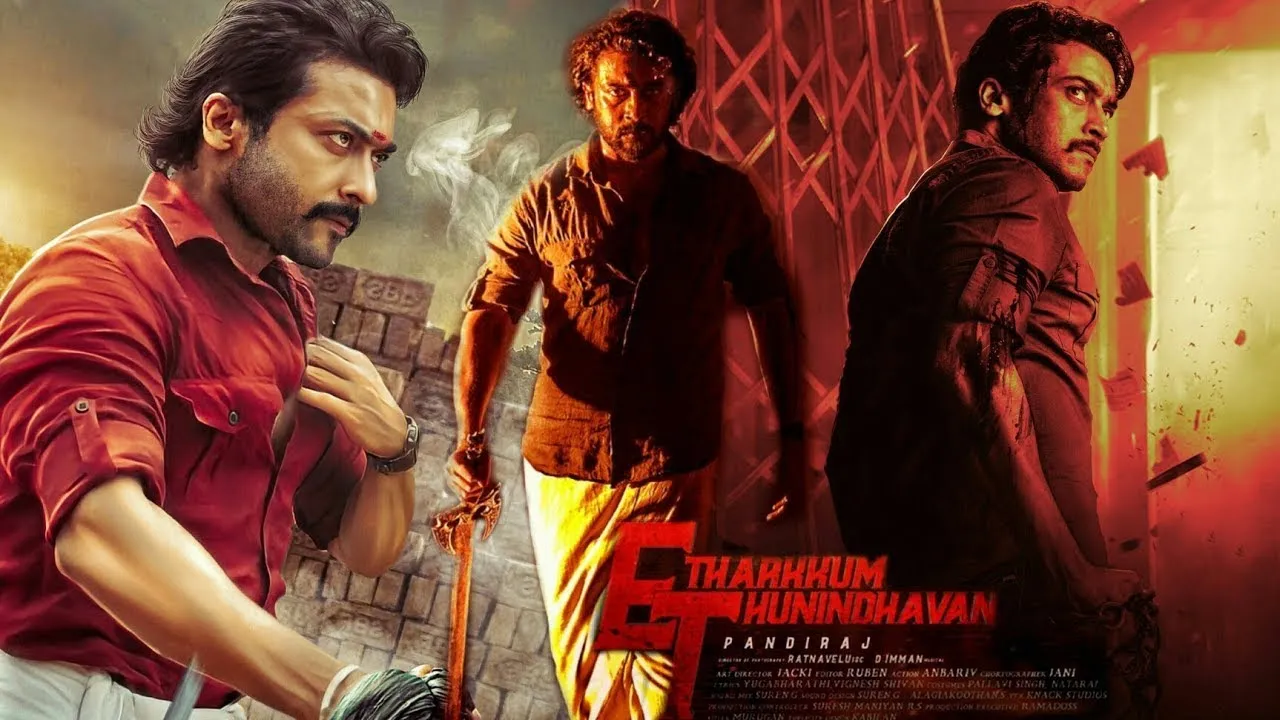Tamil director Lokesh Kanagaraj loves a bit of pastiche. Ostensibly remaking influential Western films like “Sorcerer” and “Assault on Precinct 13” with his beloved 2019 hit “Kaithi”, he's a filmmaker brave enough to acknowledge his influences while also putting a gutsy Indian spin on the material. Now, he's back with “Leo”, an action thriller that states in an opening quote from Kanagaraj himself that this is his tribute to David Cronenberg's Canadian mystery thriller “A History of Violence”. It's a bold move to prepare your audience for the twists and turns that might lie ahead by saying the story you're about to tell will hit many of the same beats as a film they might well have seen, yet Kanagaraj adds so much to Cronenberg's most stripped-back work that any core story elements are changed completely into something wholly more bombastic.
Check also this interview
Both works use the same tricky moral situation as their narrative launchpad: a diner-owning family man kills a number of gangsters who are determined to cause chaos on his premises. Viggo Mortensen is Cronenberg's small-town hero, playing Tom Stall as a quietly likeable and unassuming gentleman who cares for his workers as much as he does his own family. In Kanagaraj's take, he casts Tamil megastar ‘Thalapathy' Vijay, whose Parthiban is a noble, charismatic figurehead of the community, owning the flashiest coffee shop in the Himalayas when he's not moonlighting as a derring-do animal rescuer. The incident in the café lands some unwanted attention from a dastardly group of gangsters who immediately suspect him to be the long-lost Leo Das, the son of a legendary drug lord and mass murderer Antony Das (Sanjay Dutt, taking on a villain role with serious relish). Before long, Parthiban's trials come thick and fast in the form of attempts on his life and a battle to convince his loved ones that he is not who the sadistic Das family accuse him to be, and thus begins a cycle of violence that will either prove Parthiban is not who he says he is or bring Leo to life in a terrifying new way.
At 164 minutes, Kanagaraj takes a lot longer to tell his story than Cronenberg did, and most of the time, this is not a bad thing. While “A History of Violence” dealt in restraint and subtlety punctuated by shockingly savage brawls and shootings, “Leo” starts with its pedal to the metal, introducing Parthiban via a high-octane hyena fight where the entire town of Theog is running for their lives. Limbs are ripped and faces are mauled before Parthiban has a chance to duel the beast with a javelin and wrestle to sleep in the freshly-fallen snow, establishing Vijay's latest leading character as borderline superhuman straight out the gate. Whether he is or isn't Leo Das is far less ambiguous when one sees that the protagonist is capable of taking down a sizeable wild animal with his bare hands, so when the story is so frontloaded with spectacle, it falls to Vijay to convince you instead. Thankfully, his boyish good looks and natural warmth make Parthiban a plausible innocent who snapped into a mad frenzy when those he loves are threatened. If anything, the extended running time stretches this mystery to its absolute breaking point, requiring so much denial as Vijay tries his best to maintain against a rising tide of maximalist action scenes scored with a very amusing theme song that proclaims “Mr. Leo Das is a bad-ass, he's gonna kick your sad ass!”
Still, Kanagaraj seems content to swap out the legitimacy of his mystery for some very enjoyable action. He's come a long way since “Kaithi”‘s brand of sand-blasted, hard-hitting grit, having as much fun as he can with swooping drone photography and CG-assisted long takes. There's an excitement to Kanagaraj's approach here that once again makes a concession in his regular style; in leaving the grounded roots of his action career behind, he loses the weight of the stakes, but also finds dynamic new ways of delivering a dizzying experience. It almost seems like he's followed in the footsteps of Ajay Devgn, the actor/director who adapted Kanagaraj's “Kaithi” into his own Hindi version earlier this year in “Bholaa”. “Bholaa”‘s grasp on the laws of physics is pretty loose, and now, so is Kanagaraj's; one third act car chase in “Leo” is so propulsive it looks like a clip from the “Speed Racer” anime, but this time with black SUVs instead of candy-coloured karts.
As it turns out, there's only so much Kanagaraj can add to this protracted tale of mistaken identity and ghosts of the past, and the third act loses sight of what made his adaptation work so well in its first movement. Kanagaraj frames Parthiban's initial violent outburst as a serious legal issue where he must go on trial to determine how he dispatched the attackers so effectively, drawing attention to the rigorousness of the Indian legal system in comparison with the more lax, forgiving American system (“A History of Violence”‘s Tom Stall faces no legal ramifications for his actions whatsoever). He follows this thread admirably for a while, before forgetting that actions have consequences in this world as the body count reaches into the hundreds. Any decisions Parthiban takes after laying waste to henchmen on a Biblical scale become increasingly meaningless, leaving the confident opening stretch as a long-forgotten attempt at complexity in a film that wants to have its vengeance cake and eat it.
UK viewers should beware too that the 15-rated version of the film is marred with serious continuity errors, following three and a half minutes of cuts to bring it down from its initial 18 rating. The climactic fight has entire action beats removed with no attempt to cut around any violence, slicing through the tension and catharsis after 150 minutes of brain-spattered headshots, knocked-out teeth and vicious hyena attacks. “Leo Uncut” (as it should be called) is due to be released on October 26th following a week-long run of its shorter version, but the sanitised cut of “Leo” is a lot of fuse that leads to a very disappointing trip to the fireworks factory.
Yet despite some underwhelming aspects, when “Leo” doesn't pull its punches, it's (to quote our hero) “bloody sweet”. There's so much quintessentially Indian material that Kanagaraj brings to what was previously a Western story, including a warehouse-shaking dance number where cinematographer Manoj Paramahamsa gets to test out a snappy new camera gimble, a sly and often hilarious soundtrack (a paranoid montage of Parthiban isolating in his house is scored to a rap called ‘I'm Shit-Scared of That') arranged and curated by Anirudh Ravichander and a very welcome cameo from one of “Kaithi”‘s supporting characters. “Leo” marks the third film in Kanagaraj's ‘Lokiverse' after “Kaithi” and “Vikram”, which has now spread itself across a large canvas with multiple interconnected players. Whether or not Kanagaraj will opt for an “Avengers” style crossover between “Kaithi”‘s Dilli, “Vikram”‘s Vikram and “Leo”‘s Parthiban remains to be seen, but seeing the pieces casually fall together like this is good enough for now.
At the end of its exhausting length, “Leo” stands tall as a behemoth of a film for anyone who found “A History of Violence” anti-climactic. With plenty to get lost in, Kanagaraj often finds himself distracted with justifying such indulgence with an original story that thrived on restraint and a level of asceticism that a filmmaker like David Cronenberg really made an effort to reach. In going the other way and making the most ridiculous version of this tale, “Leo” is an occasionally misguided but undeniably fun flipside, where our hero, standing atop a colossal heap of corpses, has the nerve to ask “Who? Me?” for nearly three hours. It's cheeky, it's irresponsible, and more than a little fun.



